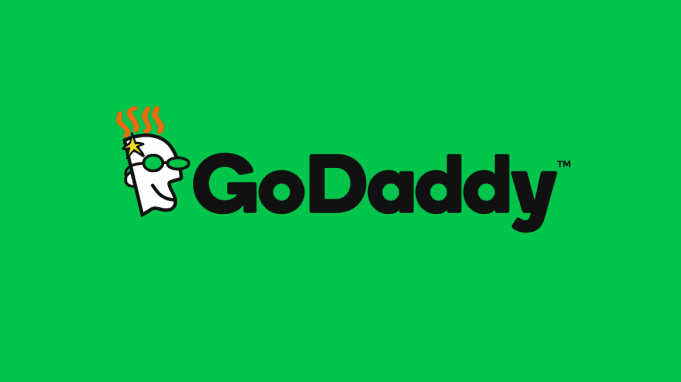This post is about how GoDaddy makes money. Firstly, we explain the offerings of GoDaddy’s following business segments: Domain name services; Web hosting and presence; and Business applications. Then, we provide GoDaddy business segment revenues for the years 2010 to 2014. Then, we share the information on GoDaddy cost elements, profits, and profit margins.
GoDaddy is a leading global provider of domain name services and web hosting solutions. In addition, GoDaddy offers few cloud-based business applications. In the domain names business, GoDaddy offers domain name registration and renewals, domain add-ons such as privacy, aftermarket sales, ads on parked pages, and other domain related products. In the web hosting business, GoDaddy offers subscription to website hosting products, website building products, SSL certificates, and online commerce products. In the business applications, GoDaddy offers subscription for email accounts, online calendar, online data storage, and email marketing tools. GoDaddy offers these services primarily to the small businesses and individuals across the globe. These services help its customers build, manage, and grow their online presence.
GoDaddy Domain Name Services Business Segment
GoDaddy’s domain name service offerings include:
- Primary registrations. These allow customers to search for and register available domain names with the relevant registry.
- Domain name privacy. It allows customers to register a domain name on an unlisted basis.
- Domain name aftermarket platform. It allows sale and purchase of an already registered domain name through an online auction, an offer and counter-offer transaction, or a buy now transaction.
GoDaddy Web Hosting And Presence Business Segment
GoDaddy’s web hosting service offerings include:
- Shared website hosting. It allows several customers share the same server for hosting their websites
- Virtual dedicated hosting. It utilizes software to partition a single physical server so that it functions as multiple servers.
- Dedicated server hosting. It provides customers with a server for their exclusive use.
- Managed website hosting. Here GoDaddy sets up, monitors, and maintains the dedicated server for the customers.
- Premium hosting. Here customers get dedicated hosting supported by GoDaddy specialized customer care personnel.
- Security products. Examples of security products include SSL certificates that validate a customer’s website identity and encrypts online transactional information.
GoDaddy’s web presence product offerings include:
- Website builder. It is a do it yourself online tool that enables customers to build elegant websites irrespective of their technical skills.
- Mobile website builder. It allows customers to build websites directly from their mobile devices.
- Online store. It allows customers to easily create a standalone online store or add one to an existing website.
- Get found. It helps customers create and manage their online presence across several platforms.

GoDaddy Business Applications Segment
GoDaddy’s business application product offerings include:
- Email Accounts. These use the customer domains and are accompanied by a free integrated calendar and online storage.
- Microsoft office 365 suite of productivity tools. This is provided in partnership with Microsoft.
- Online book-keeping tools and invoicing tools. These allow customers to generate income and expense reports as well as create and track invoices.
- Email marketing product. It allows customers to market their businesses through permission-based email.
GoDaddy Revenues 2014
In 2014, GoDaddy generated $1.39 billion of total revenues. Of these total revenues, GoDaddy generated
- $763 million revenues, 55.0% of the total, from domain name service offerings related services.
- $508 million revenues, 36.6% of the total, from web hosting services and web presence products offerings.
- $116 million revenues, 8.4% of the total, from business application product offerings.

GoDaddy Profits 2014
Of the $1.39 billion of GoDaddy total revenues in 2014, $518 million were the cost of revenue. This resulted in $869 million of gross profit and a gross margin of 62.6%. GoDaddy spent $254 million, $165 million, $191 million, and $168 million on technology and development, marketing and advertising, customer care, and general and administrative expenses respectively. The depreciation and amortization expenses were $153 million. All this resulted in $62 million of operating loss and an operating margin of -4.5%. After interest and other income/expenses and income taxes, GoDaddy had a net loss of $143 million and a net margin of -10.3%. Here are the definitions of GoDaddy’s key costs and operating expenses:
- Cost of revenue. These include domain name registration costs, payment processing fees, and third-party commissions. Domain costs include various fees paid to various registries and ICANN.
- Technology and development. These consist of personnel costs associated with design, development, deployment, testing, operation, and enhancement of GoDaddy products and the costs associated with the data centers and system infrastructure supporting those products (excluding depreciation expense).
- Marketing and advertising. These represent costs associated with attracting and acquiring customers. These consist of direct marketing costs, television and radio advertising, spokesperson and event sponsorships, marketing-related personnel costs, and affiliate program commissions.
- Customer care. These consist of personnel costs to consult, advice, and service the customer needs.
- General and administrative. These consist of personnel costs for administrative functions, professional service fees, office rent, all employee travel expenses, sponsor-based costs, and other general costs.
- Depreciation and amortization. These consist of charges related to depreciation of property and equipment and amortization of intangible assets, particularly those resulting from mergers











